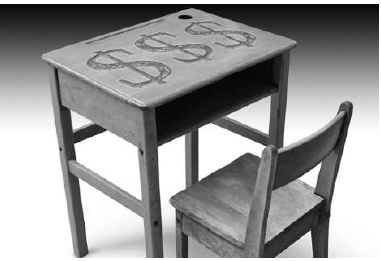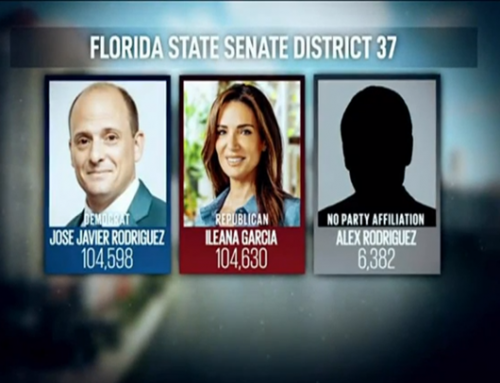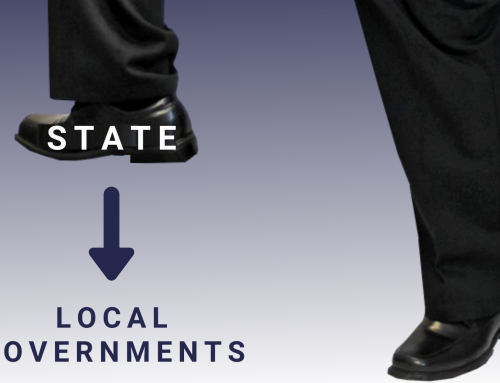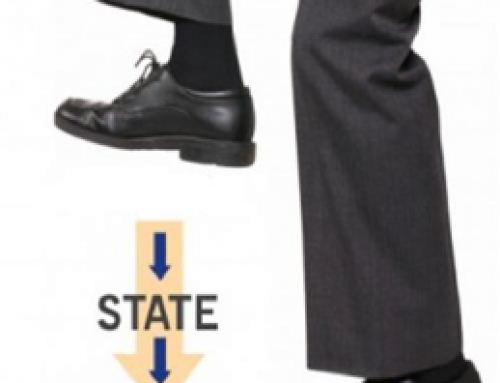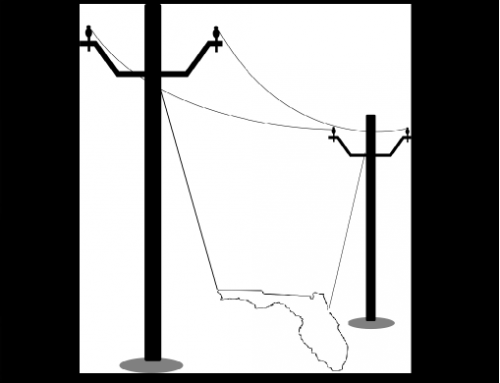Download the full PDF report here
September 2018
Executive Summary
Underfunding, coupled with the continual adoption of tax cuts that make adequate public-school
spending harder and harder to attain, prompts a look into the future. How much further growth in
the number of charter schools is likely? How will that growth affect traditional schools and the
public education system?
The answer to the first question appears to be that growth will continue unabated as long as private
charter companies consider public schools a profit-making opportunity and they find receptive
audiences in the legislature. If current trends continue, a 2015 national report concluded, “Charter
schools will educate 20-40 percent of all U.S. public-school students by 2035.” Reaching those
percentages in Florida would require doubling to quadrupling charters’ current 10 percent share of
all public school students.
Some charter and school choice advocates are clear about their goal. Charters already have
“created an entire new sector of public education” and they ultimately may “become the
predominant system of schools,” the National Alliance for Public Charter Schools has said.2 And
the ultimate hope of many, as Milton Friedman wrote (see Page 8), is to bring about a transfer of
government to private enterprise, in part by “enabling a private, for-profit industry to develop” in
education.
Continued growth in the charter sector will exacerbate a problem that seemingly runs against the
Florida Constitution’s decree that the state must provide “a uniform system” of high-quality
education. As the number of charters has grown, with different rules than in traditional schools,
some question whether a uniform system actually exists today. If Amendment 8 had remained on
the November ballot and passed, a state charter authorizer could have approved new charter
schools without the consent of the school district. In that case, the school district would not
“operate, control and supervise all free public schools within the school district,” as another
provision of the Constitution requires.
As the Miami Herald has said during a charter school investigation, “Charter schools have become
a parallel school system unto themselves, a system controlled largely by for-profit management
companies and private landlords – one and the same, in many cases – and rife with insider deals
and potential conflicts of interest.”
Key Findings
• Charter school enrollment continues to grow in Florida and nationwide, although at a
slower rate than in previous years.
• The number of charter schools managed by for-profit companies in Florida continues
to grow at a rapid pace and now makes up nearly half of all charter schools in the state.
• Although many charter schools in Florida are high performing, research has found no
significant difference in academic performance between charter schools and traditional
public schools.
• Numerous studies have found that charter schools strain traditional schools and
school districts financially.
• Charter schools were originally proposed as teacher-run schools that would use
innovative techniques to be shared with traditional schools. Over time, the concept
changed to set up a competitive relationship between charters and traditional schools rather
than a cooperative one.
• Charter schools have largely failed to deliver the education innovation that was
originally promised and envisioned.
• Some charter advocates have explicitly said their goal is to privatize education by
encouraging a for-profit K-12 industry. Today some charter proponents see charter
schools, rather than traditional ones, as the “predominant system of schools.”
• Since 1998, at least 373 charter schools have closed their doors in Florida.
• Local school boards have seen reduced ability to manage charter schools in their
districts.
• The Florida Supreme Court removed Constitutional Amendment 8 from the
November 2018 ballot that would have created a statewide charter school authorizer.
However, future attempts by the legislature to establish a statewide charter authorizer may
occur and should be opposed. A state charter authorizer would preempt voters’ rights to
local control of education through their elected school boards, even though local tax dollars
would pay for charter expansion.
• The charter school industry has spent more than $13 million since 1998 to influence
state education policy through contributions to political campaigns.
• The charter school industry has spent more than $8 million in legislative lobbying
expenditures since 2007 to influence education policy.
• The legislature has modified the original Florida charter school law significantly over
the years to encourage creation of new charters, increase the number of students in
charter schools and enhance funding of charters, sometimes at the expense of traditional
schools.
• Some public officials who decide education policy and their families are profiting
personally from ownership and employment with the charter school industry, creating the
appearance of a conflict of interest.
• Lax regulation of charter schools has created opportunities for financial
mismanagement and criminal corruption.


